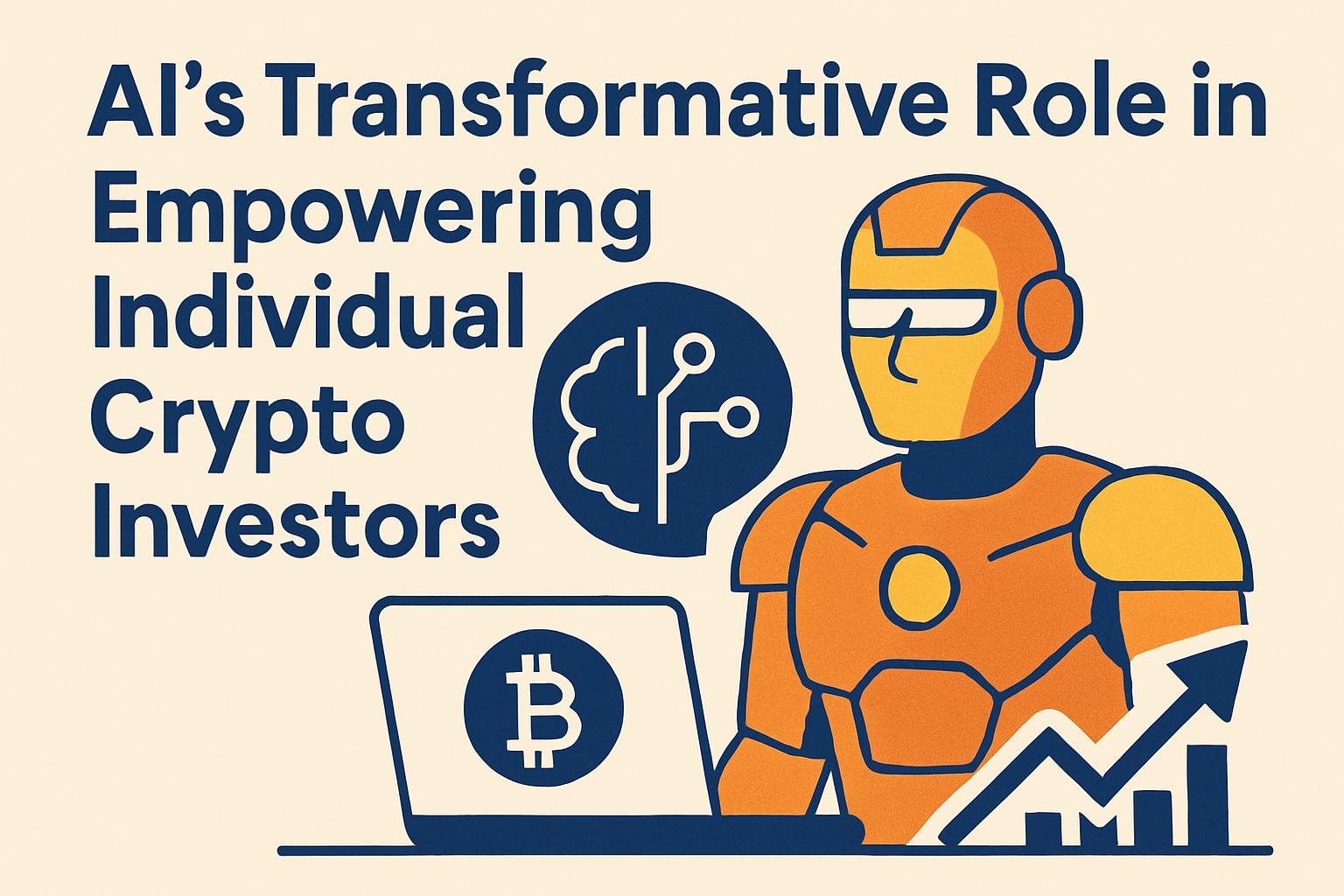In Tokyo’s bustling WebX conference, a profound dialogue unfolded between Haseeb Qureshi, Managing Partner at Dragonfly Capital, and Alex Svanevik, CEO of Nansen. The focal point was artificial intelligence and its transformative power in reshaping the crypto market, while also weighing the challenges of airdrop models and the delicate balance between decentralization and functionality.
AI: The Iron Man Suit for Individual Investors
Haseeb highlighted the inherent opportunities within the crypto market due to its inefficiency. Compared to the traditional stock market, these inefficiencies offer a landscape ripe for strategic exploration and information advantage. Alex likened AI to an ‘Iron Man suit’ for individual investors, enhancing their capabilities to identify opportunities amidst the vast expanse of blockchain data. While institutional players will also benefit, AI’s real value appears to lie in leveling the playing field for smaller investors, allowing them a shot at parity with seasoned professionals.
The Future of Investing: Voice-Controlled AI Agents
Looking forward to 2030, Alex foresees a future where investment dashboards become obsolete. Investors will engage in seamless dialogues with AI agents using voice and natural language, setting objectives and allowing AI to autonomously execute tasks. He elaborates on two interaction models: one where investors play a hands-on role in trades and another where they define overarching strategies, leaving execution to the AI, which adapts and learns over time. Haseeb added that investing is not merely a financial maneuver, but an engaging experience. Future investment models must balance efficiency with satisfaction to succeed.
The Airdrop Dilemma: Market Alignment Challenges
Once a ubiquitous token distribution strategy, airdrops have faced criticism as their utility dwindles amidst misuse and poor user retention. Alex expressed skepticism about airdrops, arguing they undermine product-market fit validation by essentially paying users to engage. He cited Nansen’s strategic choice to charge rather than airdrop initially, to emphasize authentic value discovery. While acknowledging some merit in airdrops, he asserted their mechanisms need innovation. Going forward, airdrops, ICOs, and crowdfunding will coexist, each pertinent to distinct phases of product development.
Rethinking Decentralization: Finding a Functional Balance
The crypto landscape is witnessing a shift from the once-condemned central operating nodes to their current recognition, driven by exemplary user experiences seen in products like Hyperliquid. This shift suggests a preference among newer users for product efficacy over sheer decentralization. Haseeb candidly noted that DAO governance has led to fatigue due to excessive democratization, while centralized founder-led models gain traction for their efficiency. Alex maintained that fundamental layers should remain decentralized to safeguard independence, but application and governance may benefit from judicious centralization, marking a shift in the crypto community’s idealism versus practicality balance.
The Ethereum vs. Solana Struggle: A Tale of Innovation and Adoption
Reflecting on blockchain giants, Alex recapitulated his previous skepticism about Ethereum due to weak on-chain data, as Solana surpassed it in transaction volume and activity. However, Ethereum’s recent resurgence in price and on-chain engagement, despite a dip in fee earnings due to Layer 2 distribution, signals a robust ecosystem recovery. Meanwhile, Solana is not resting on its laurels, pioneering forms like tokenized stocks, hinting at a competitive narrative of decentralization, stability, and efficiency between the two networks.

![[News] Bitcoin at a Turning Point? 10x Research Signals a Bullish Macro Shift Ahead](https://cryptoexplores.com/wp-content/uploads/2025/06/new20250616.jpg)
![[News] Binance Lists $HOME, the Gas-Free, Bridge-Free All-in-One DeFi App](https://cryptoexplores.com/wp-content/uploads/2025/06/news20250617.jpg)